If passed, the legislation would mandate Commerce to conduct four in-depth surveys.



Quantum technology is not a phrase discussed over kitchen tables in Australia, but perhaps it should be.
Australia’s quantum technology research has been breaking new ground for almost 30 years. Governments, universities and more recently multinationals have all invested in this research.
Quantum technology is set to transform electronics, communications, computation, sensing and other fields. In the process it can create new markets, new applications and new jobs in Australia.
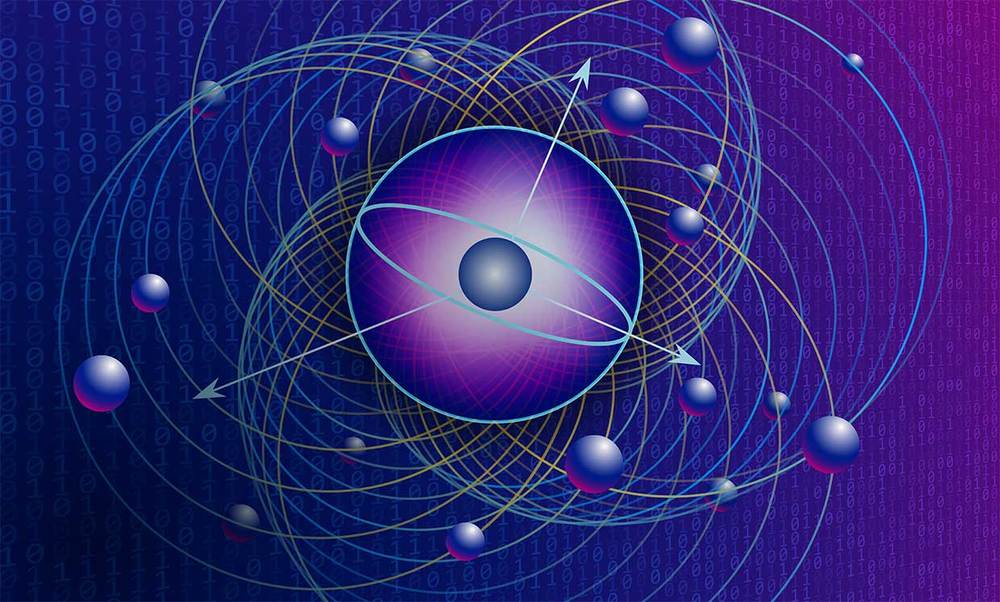
Quantum computers theoretically can prove more powerful than any supercomputer, and now scientists calculate just what quantum computers need to attain such “quantum supremacy,” and whether or not Google achieved it with its claims last year.
Whereas classical computers switch transistors either on or off to symbolize data as ones or zeroes, quantum computers use quantum bits—qubits—that, because of the bizarre nature of quantum physics, can be in a state of superposition where they are both 1 and 0 simultaneously.
Superposition lets one qubit perform two calculations at once, and if two qubits are linked through a quantum effect known as entanglement, they can help perform 22 or four calculations simultaneously; three qubits, 23 or eight calculations; and so on. In principle, a quantum computer with 300 qubits could perform more calculations in an instant than there are atoms in the visible universe.
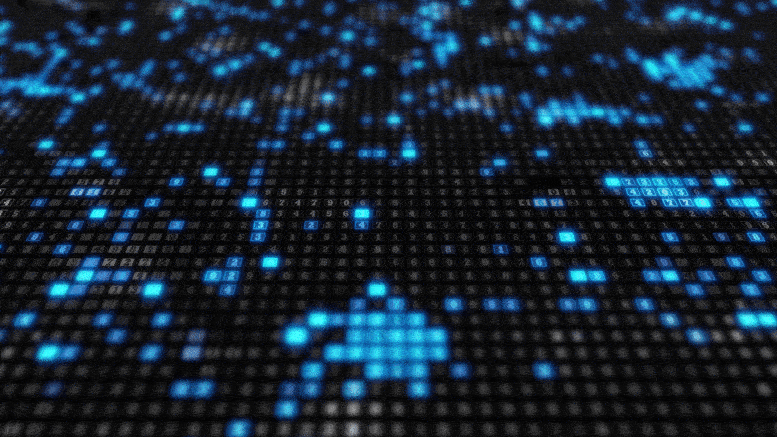
Error suppression opens pathway to universal quantum computing.
A scientist at the University of Sydney has achieved what one quantum industry insider has described as “something that many researchers thought was impossible.”
Dr. Benjamin Brown from the School of Physics has developed a type of error-correcting code for quantum computers that will free up more hardware to do useful calculations. It also provides an approach that will allow companies like Google and IBM to design better quantum microchips.

A team of quantum physicists from a UAE-based research lab has developed a rapid laser test to detect COVID-19 patients, which can reduce the testing time to a few seconds with an accuracy rate of 85–90 percent and has the potential to replace the current nasal swab and blood tests that take several hours to process.
QuantLase Imaging Lab, the medical research arm of the Abu Dhabi-based International Holdings Company, in a press statement said that the rapid test uses a novel equipment which enables for much faster mass screening, with test results available in seconds and allowing testing on a wider scale including in public places.
The test uses laser to detect changes in the blood that could identify carriers before they become contagious and will cost as low as 100 dirhams (193 yuan, 27 U.S. dollars), according to researchers involved with the project.
The development of next-generation solar power technology that has potential to be used as a flexible ‘skin’ over hard surfaces has moved a step closer, thanks to a significant breakthrough at The University of Queensland.
UQ researchers set a world record for the conversion of solar energy to electricity via the use of tiny nanoparticles called ‘quantum dots’, which pass electrons between one another and generate electrical current when exposed to solar energy in a solar cell device.
The development represents a significant step towards making the technology commercially-viable and supporting global renewable energy targets.
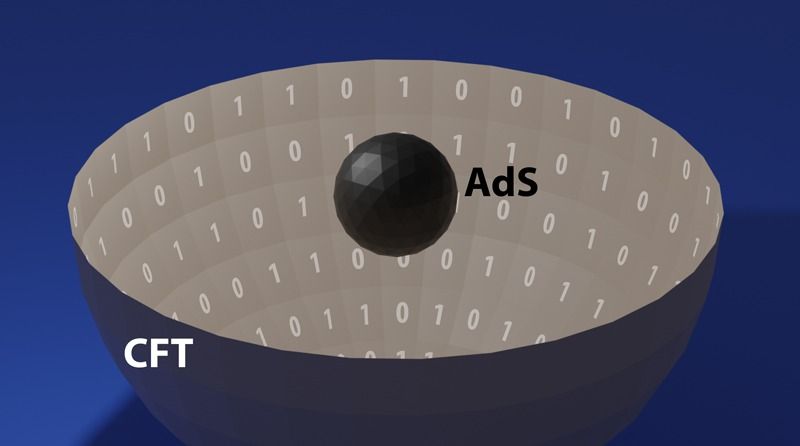
String theory provides a microscopic description of the entropy of certain theoretical black holes—an important step toward understanding black hole thermodynamics.
In the 1970’s, theorists determined that black holes have entropy [1], a remarkable finding that points at analogies between these spacetime singularities and systems of particles, such as classical gases. The crucial proof was provided by Stephen Hawking, who demonstrated, using a quantum-mechanical framework, that black holes radiate as if they were black bodies with a specific temperature [2]. The analogy was completed by extending all four laws of thermodynamics to black holes [3]. In thermodynamics, entropy is an important bridge between the macroscopic and the microscopic world: In a gas, for instance, entropy relates macroscopic heat transfer to the number of available microscopic states of the gas molecules. Providing a similar microscopic explanation of black hole entropy is an important test for theories that aim to unify gravity and quantum mechanics.
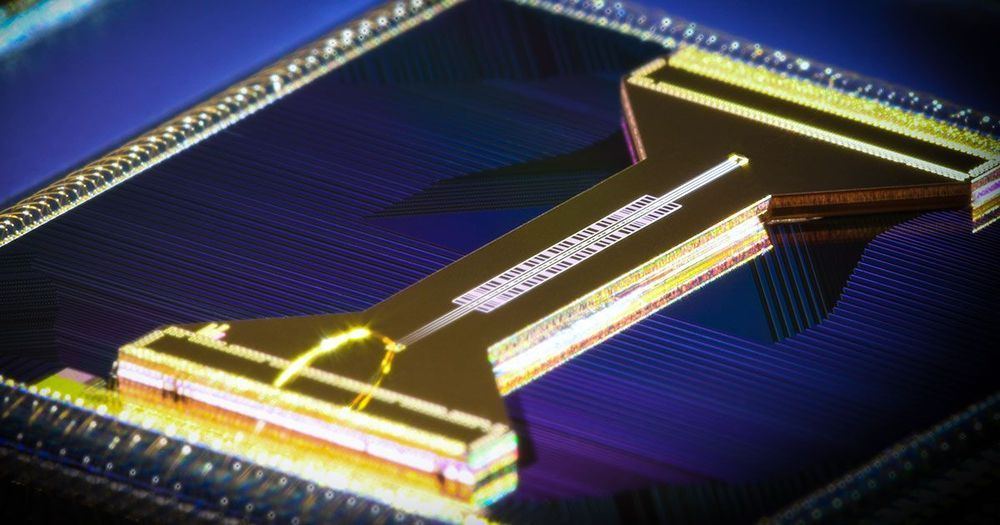
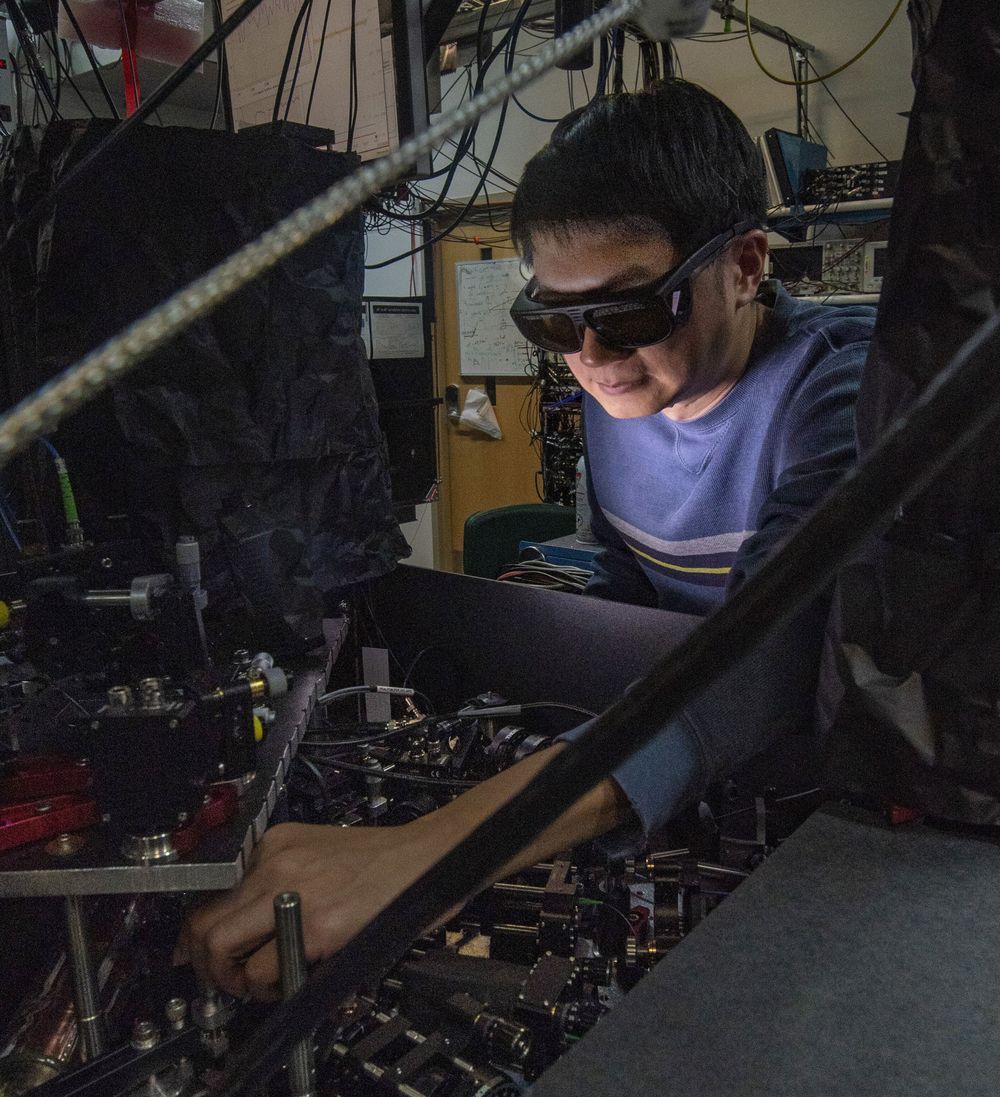
Physicists at the National Institute of Standards and Technology have boosted their control of the fundamental properties of molecules at the quantum level by linking or “entangling” an electrically charged atom and an electrically charged molecule, showcasing a way to build hybrid quantum information systems that could manipulate, store and transmit different forms of data.
Described in a Nature paper posted online May 20, the new NIST method could help build large-scale quantum computers and networks by connecting quantum bits (qubits) based on otherwise incompatible hardware designs and operating frequencies. Mixed-platform quantum systems could offer versatility like that of conventional computer systems, which, for example, can exchange data among an electronic processor, an optical disc, and a magnetic hard drive.
The NIST experiments successfully entangled the properties of an electron in the atomic ion with the rotational states of the molecule so that measurements of one particle would control the properties of the other. The research builds on the same group’s 2017 demonstration of quantum control of a molecule, which extended techniques long used to manipulate atoms to the more complicated and potentially more fruitful arena offered by molecules, composed of multiple atoms bonded together.

To many developers, quantum computing may still feel like a futuristic technology shrouded in mystery and surrounded by hype. It’s some mystic dance of 1s and 0s that will enable some calculations in mere hours that today would take the lifetime of the universe to compute. It’s somehow related to a cat that may or may not be dead in a box.
The question we hear most often from developers is how do you make sense of what’s real and get started?
Over the last year, we’ve been working with you, the pioneering community of quantum developers, to understand what all developers will need on the path to scalable quantum computing. You’ve told us that you want to learn more about where quantum could impact your business today, to have easier ways to start writing quantum code, and to run applications against a range of quantum and classical hardware.